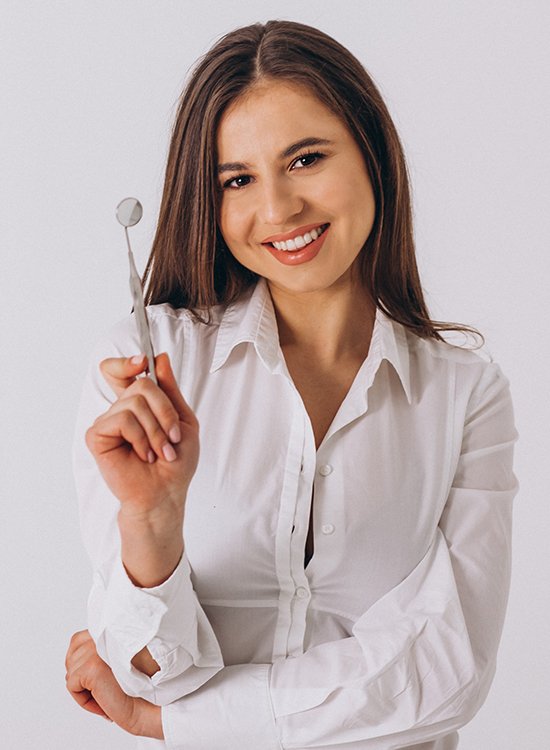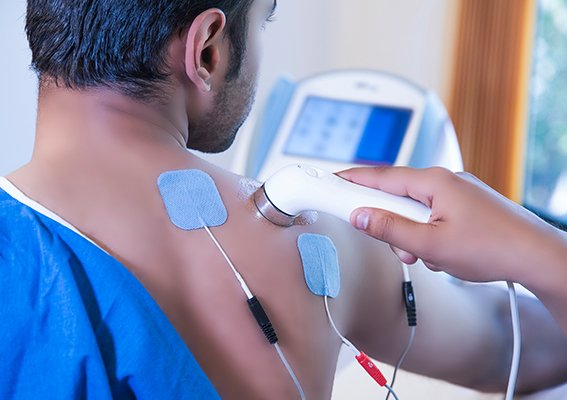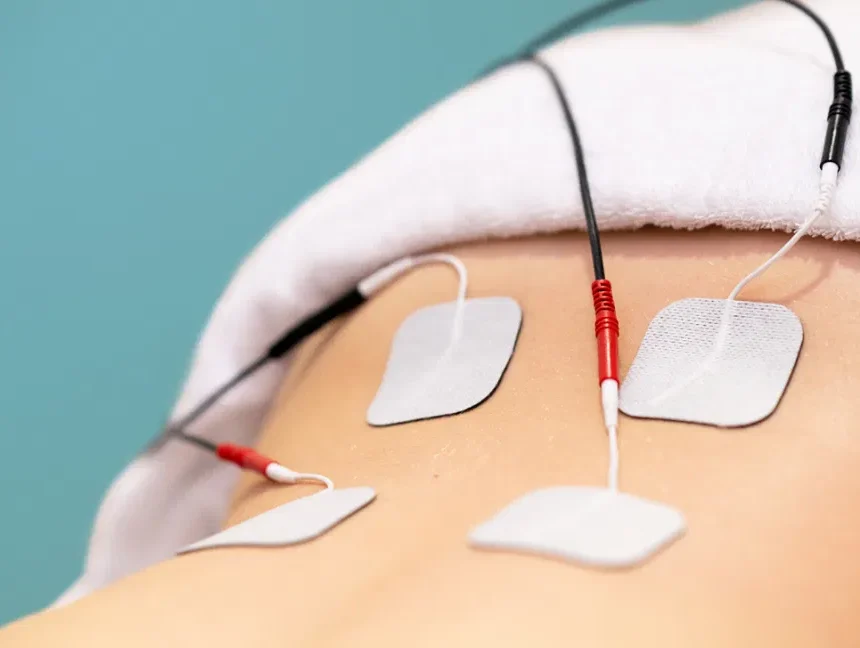Ayurvedic Body Analysis
Discover your individual constitution through the Ayurvedic Body Analysis at Rama Clinic. Our experts use this ancient healing system (Analysis of Individual) to unveil your unique combination of elements, guiding you towards a personalized approach to health and well-being. Through careful examination and analysis, we tailor recommendations based on your constitution, helping you achieve balance and vitality. Unlock the secrets to optimal health with our Ayurvedic Body Analysis at Rama Clinic.

Ayurvedic Analysis of individual
Body analysis is when we look at and check a person's body to see how healthy they are. We check things like how much of their body is muscle or fat, their vital signs (like heart rate), how well their organs are working, and if they have any health problems. There are different ways to do body analysis - some modern ones with machines, and also traditional ones like Ayurveda.
Ayurveda is an old healing system from India that is over 5,000 years old. According to Ayurveda, each person is different, and their health is based on three energies called doshas: Vata, Pitta, and Kapha. These doshas are in everyone, but the balance or imbalance of them affects a person's physical, mental, and emotional health.
We Provided All Types Of Analysis of Individual Treatment

Physical Characteristics: Ayurveda Treatment
Ayurvedic experts look at a person's physical traits to understand their dosha constitution and possible imbalances. These traits include:
- Body Type (Prakriti): Ayurveda puts people into three main groups based on their body types or dosha constitutions: Vata, Pitta, and Kapha. Vata folks are usually thin with a light body. Pitta folks are in the middle, having a medium build. Kapha folks are generally stronger and more solid in their body structure.
- Body Weight: Checking how much someone weighs helps us figure out if there's a problem with gaining or losing weight. This can be affected by imbalances in doshas.
- Complexion: The way your skin looks can tell you if there's something off with your doshas. If your skin is pale or dry, it might mean there's a Vata imbalance. On the other hand, if your skin looks red or sensitive, it could be a sign of a Pitta imbalance.
Make An Appointment
Pulse Diagnosis (Nadi Pariksha)
Checking your pulse, called Nadi Pariksha, is an important part of analyzing the body in Ayurveda. Ayurvedic experts use this method to understand the subtle energies in the body and find out if there are any imbalances in the doshas. By feeling the pulse at different points on the wrist, they can learn about how well various organs and systems in the body are working. There are different types of pulses: Ayurveda identifies specific patterns linked to each dosha. For instance, a fast and irregular pulse might suggest a Vata imbalance, while a strong and forceful pulse could be connected to a Pitta imbalance. A slow and steady pulse may indicate a Kapha imbalance.
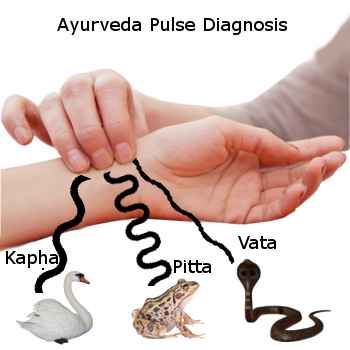
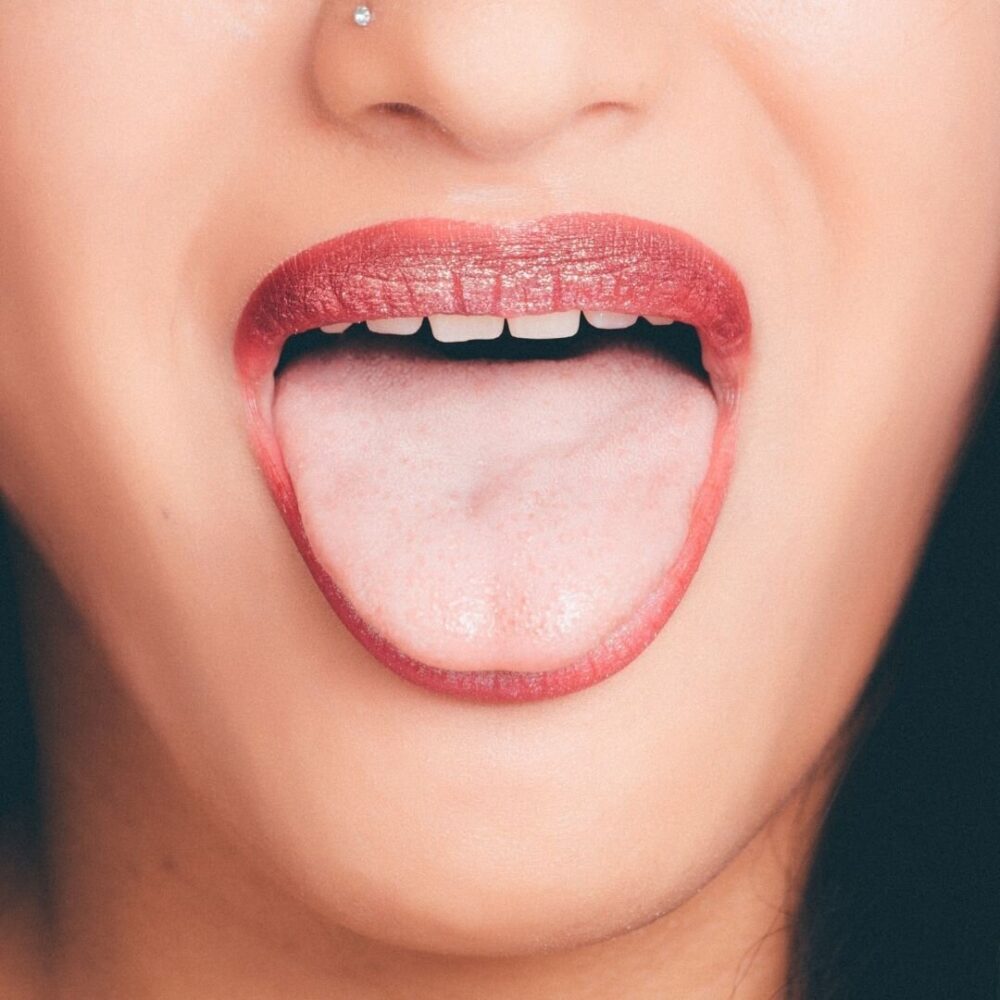
Tongue Examination
The way your tongue looks and feels can tell a lot about your stomach health and imbalances in your body according to Ayurveda. Ayurvedic experts look at the color, coating, and any marks on the tongue to understand the following:
- Digestive Health: If your tongue has a white coating, it might mean your digestion isn't working well. If your tongue is cracked or scalloped, it could be a sign of imbalances related to Vata.
- Dosha Imbalances: Different tongue signs might show if your body's doshas are not balanced. For example, a red and swollen tongue could mean there's too much Pitta, and a pale or puffy tongue might suggest an imbalance in Kapha.

Iris Examination
In Ayurveda, they look closely at the iris (the colored part of the eye) just like iridologists do. They check the patterns, colors, and marks in the iris to understand a person's health. According to Ayurvedic experts, the iris can show if there are any imbalances in doshas (body energies) and give clues about possible health issues.
Iridology and Dosha Imbalances: Specific shapes in the colored part of the eye are connected to imbalances in the doshas, or body energies. For instance, a jagged pattern might be related to an imbalance in Vata, while a fiery or strong look could mean there's a Pitta imbalance. If the eye looks cloudy or crowded, it might be linked to a Kapha imbalance.
Questioning and History
In Ayurveda, when figuring out how someone's body works, it's important to ask them questions and learn about their past. This helps create a complete picture of their health and dosha type.
Emotional State
Sleep Patterns
Diet
Lifestyle
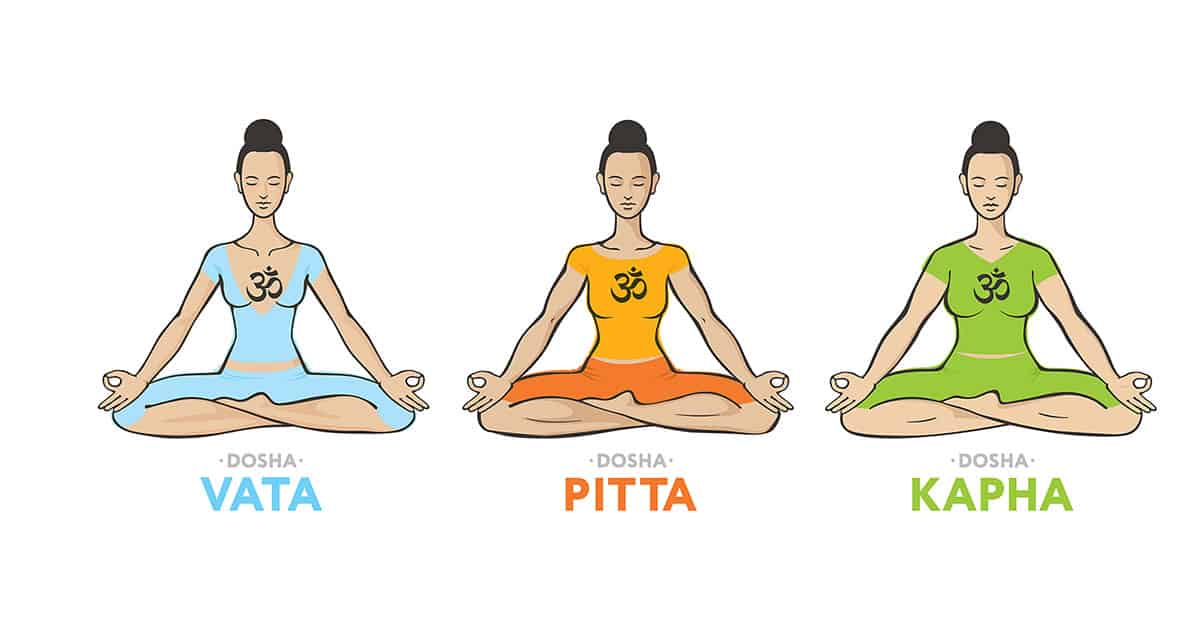

Dosha Imbalance Assessment
The Ayurvedic expert checks different aspects of the body to figure out which doshas are not in balance and how much. Then, they make a special plan for each person. This plan could involve changes in what you eat, using herbs, making lifestyle adjustments, doing yoga, meditating, and trying specific Ayurvedic treatments. Everyone's body is different, so the plan is unique to each person. For example, one person might have more of the Vata dosha, while someone else might have a mix of Pitta and Kapha. This personal approach is a key part of Ayurveda.
In simple terms, Ayurveda gives customized solutions to fix imbalances and boost health based on a person's unique body type. The plan might suggest changes in diet, herbal remedies, lifestyle, yoga, meditation, and other Ayurvedic treatments. The goal is to get the doshas back in balance and make the person healthier overall.
- Vata Imbalance
- Pitta Imbalance
- Kapha Imbalance
We offer wide range of Analysis of Individual Treatment
Dr. Sarah Tailor
Prosthodontics DentistDr. Rose Tailor
Prosthodontics DentistDr. Melborn Doe
Prosthodontics DentistDr. Nabeela Jamshed
General DentistDr. Ena Dicrosa
Aesthetic DentistryDr. Addison Smith
GastroenterologistsDr. Daisy Gabriela
EndocrinologistsDr. Ronnie Aaron
Dermatologists
With the knowledge of your primary dosha, you can choose a more appropriate diet, exercise, and lifestyle that suits your natural constitution, which will prevent disease and promote good health.
Per pulse diagnosis, the veteran of Ayurvedic medicine puts his fingers on your pulse to identify the inner changes that point to your body’s Vata, Pitta, and Kapha balance. This allows them to assess your health condition and detect any imbalances accurately.
Based on your dosha, there are particular food recommendations (for example, if you have a Vata imbalance, opt for warm, cooked food). Also, yoga and meditation are commonly advised for stress relief and adjustments to your sleeping habits.
- Once your doshas are determined along with your imbalances, the practitioners give personalized advice that includes herbal meds, specific exercises, dietary changes, and other lifestyle changes intended to bring back the dosha balance.
As these doshas are too precisely defined, imbalances in them may present themselves as constipation or diarrhea, insomnia or agitation, dry or oily skin in the case of Vata; inflammation and burning in the case of Pitta; and lethargy and congestion in the case of Kapha.
To answer the yes, the analysis recommendations will also look at the individual’s emotional and psychological health. They would advise him to mainly massage, have a proper diet, and make significant lifestyle changes
Real Review From Our Real Customer

Sarah Taylor
DeveloperLorem ipsum dolor sit amet consectetur adipiscing elit sed do eiusmod tempor incididunt ut labore et dolore magna aliqua. Ut enim ad minim veniam, quis nostrud exercitation ullamco laboris nisi ut aliquip ex ea commodo consequat.

Aiken Ward
DesignerLorem ipsum dolor sit amet consectetur adipiscing elit sed do eiusmod tempor incididunt ut labore et dolore magna aliqua. Ut enim ad minim veniam, quis nostrud exercitation ullamco laboris nisi ut aliquip ex ea commodo consequat.

Eachann Jhon
FounderLorem ipsum dolor sit amet consectetur adipiscing elit sed do eiusmod tempor incididunt ut labore et dolore magna aliqua. Ut enim ad minim veniam, quis nostrud exercitation ullamco laboris nisi ut aliquip ex ea commodo consequat.

Smith Jorge
DesignerLorem ipsum dolor sit amet consectetur adipiscing elit sed do eiusmod tempor incididunt ut labore et dolore magna aliqua. Ut enim ad minim veniam, quis nostrud exercitation ullamco laboris nisi ut aliquip ex ea commodo consequat.
Stay Updated With Our Latest News And Blog Articles
- By: admin
- June 3, 2024
- No Comments
Benefits of Electrotherapy
- By: admin
- June 4, 2024
- No Comments
Is Electrotherapy Safe During Pregnancy?
- By: admin
- June 4, 2024
- No Comments





